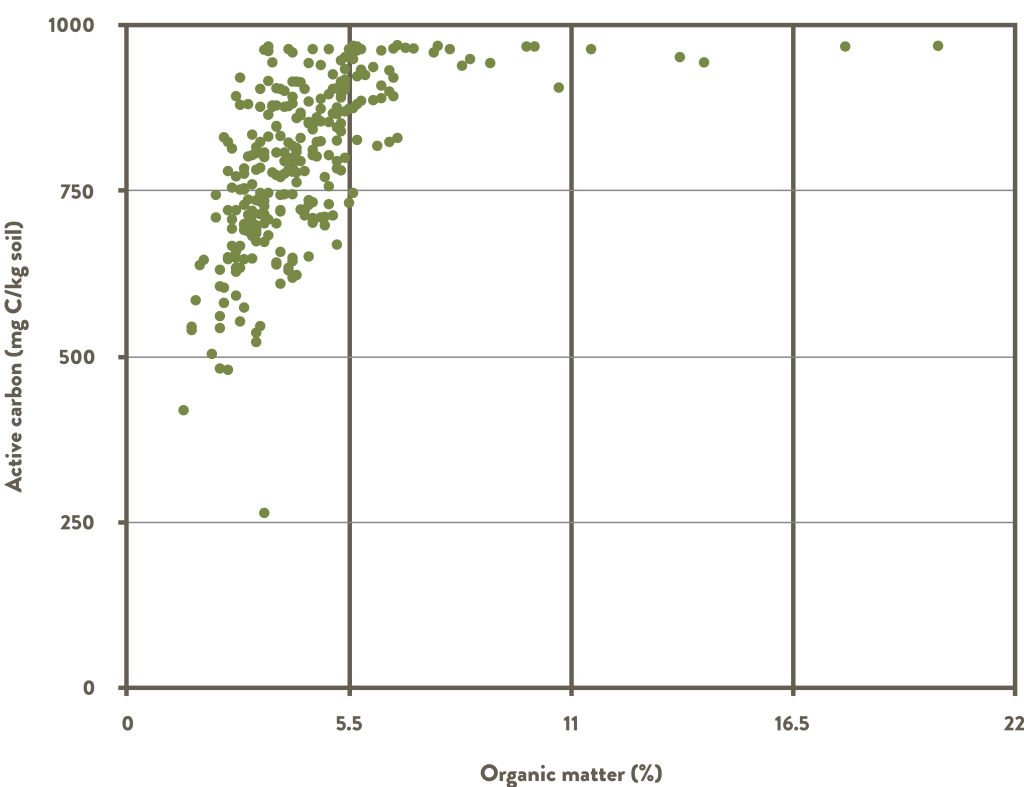Soil Health Benchmark Study Report
In 2019 EFAO piloted a Soil Health Benchmark Study. Modelled off of Pasa Sustainable Agriculture’s Soil Health Benchmark Study, it was funded by the Canadian Agricultural Partnership (CAP) for farmers in the Lake Erie Basin, and in collaboration with NFU Local 316 for farmers in the Kingston area.
In this two-part series, we summarize the usefulness of benchmark studies and detail EFAO’s Soil Health Benchmark Study (Part 1 – Summer 2020 issue of Ecological Farming in Ontario); and then share the group’s results from 2019 and next steps for continuing this program (Part 2 – Fall 2020 issue of Ecological Farming in Ontario).
Help guide future soil health benchmark programming:
Links:
- You can find an example Soil Health Benchmark Report here and supplemental information for the report here.
- You can find details of the pilot program and links to the protocols at efao.ca/soil-health-benchmark-study.
Footnotes:
To run the ANOVAs, EFAO staff used R statistical software, an open source statistical package. You can also run ANOVA as a function in standard spreadsheet programs and there are many free online sources including:
Other references:
- Fine et al. 2017, accessed online: https://acsess.onlinelibrary.wiley.com/doi/epdf/10.2136/sssaj2016.09.0286
- Hargreaves et al. 2019, download PDF or access online: https://cdnsciencepub.com/doi/10.1139/cjss-2019-0062
Part 2 Supplemental Figure 1:

Supplemental Figure 1. A scatter plot of the group data that participants can use to locate their results relative to the entire dataset. OM is on the x-axis (bottom) and AC is on the y-axis (left). You can see how the AC values level out at 1000 mg C/kg soil, which indicates that the lab test reached its detection limit. Therefore, samples that measured around 1000 mgC/kg soil may have had higher AC levels than reported. The lab has been notified of this issue and will correct its procedure for future samples by reducing the amount of soil they use for the analysis, thereby increasing the detection limit.

